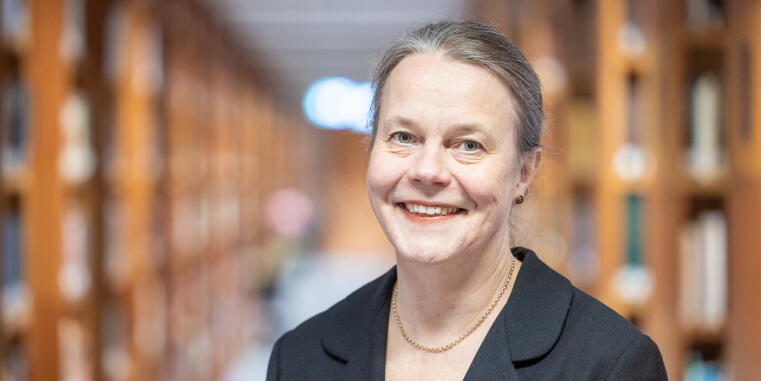

On Monday, 18 November 2024, Dr. Johanna Laakkonen (Helsinki) gave a guest lecture on the topic “Does digitalization force us to forget? Performing arts as an example”.
In her presentation, she examined the issues of documenting and preserving the cultural heritage of the performing arts from the perspective of practical museum work. She asked what kinds of demands memory organisations storing intangible cultural heritage face in the digital age and whether the material turn will change the practices and ways of documentation.
The special nature of the performing arts lies in their corporeality and in the fact that the performance is a momentary event, at the end of which we only have traces that can be used to make interpretations of the performance that took place on the stage. For a long time, attitudes towards the documentation of the performance were mixed. In the early 1990s, Peggy Phelan argued that a performance took place in the moment it was performed, and if it was recorded or documented, it “becomes something other than performance”. In the 2000s, however, it has been understood that the question of documenting a performance is broader than the question of the event and its recording. The performance lives on through the traces and objects left over from it.
The material turn draws our attention to the artistic process and the artifacts, objects and work processes leading to the performance. New forms, such as live art, have also raised the question of documenting the experience of the audience participating in the performance event. Recording audience reactions has also expanded from criticism to social media content, for example.
While digitalisation can make artistic processes and individual objects more widely available to researchers and to the general public, it challenges the essence of the performing arts, the presentness and ephemerality of the event. In addition, inherently digital materials, such as photographs, recordings or, for example, materials related to the artistic process, pose new challenges related to their availability and costs of preservation. If the performance leaves no material traces, how can we ensure the preservation of cultural heritage?
Dr. Johanna Laakkonen is Director of the Theatre Museum Helsinki. She has worked as a senior lecturer in theatre research and holds a title of docent at the University of Helsinki. Her research mainly focuses on the history of Finnish ballet and Finnish women dancers as part of the transnational networks of modern dance in the 1920s and 1930s. Beyond that, her research interests range from canon formation, theatre dance and dance in Finland to early 20th century Russian ballet and early modern dance in German-speaking Europe.

